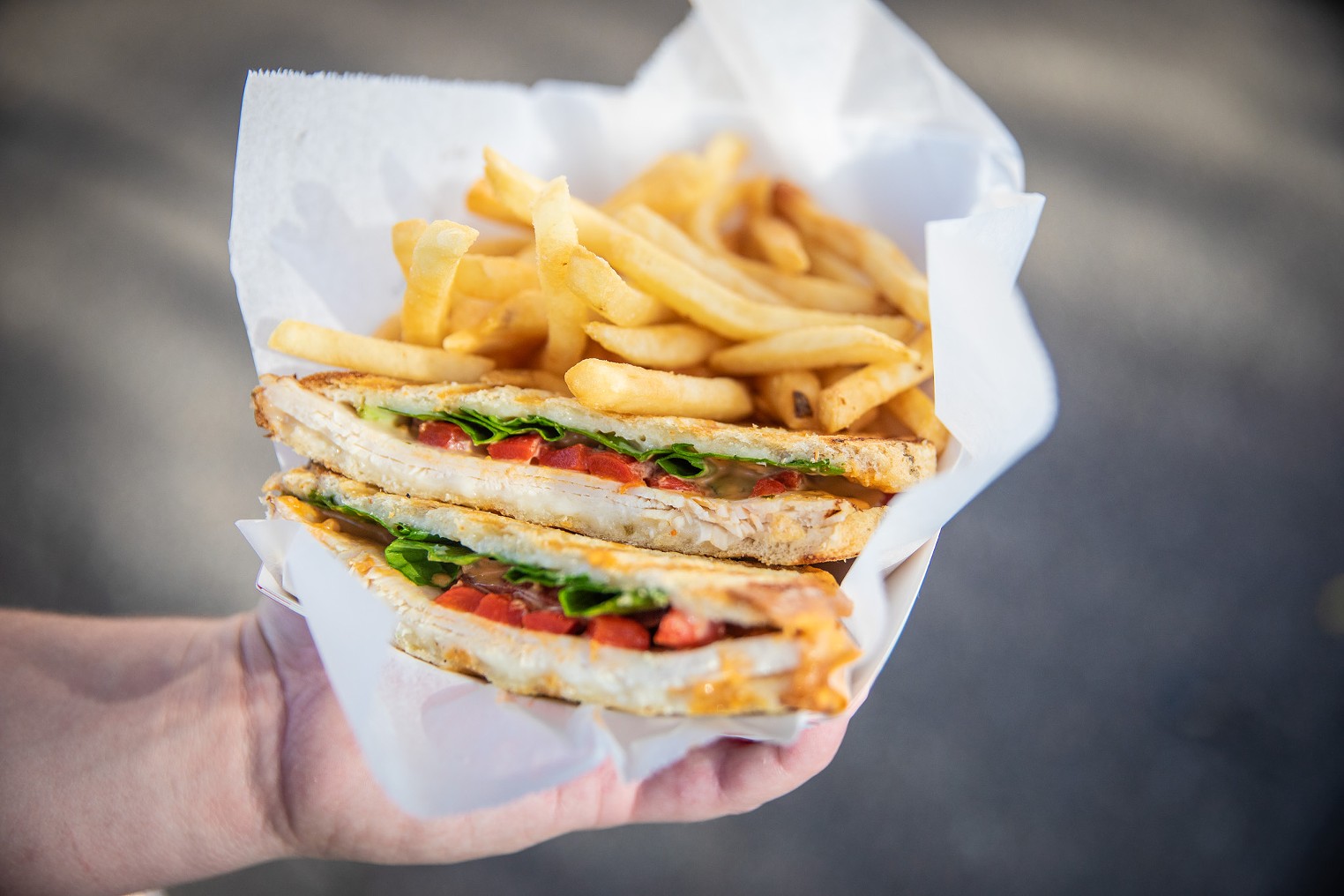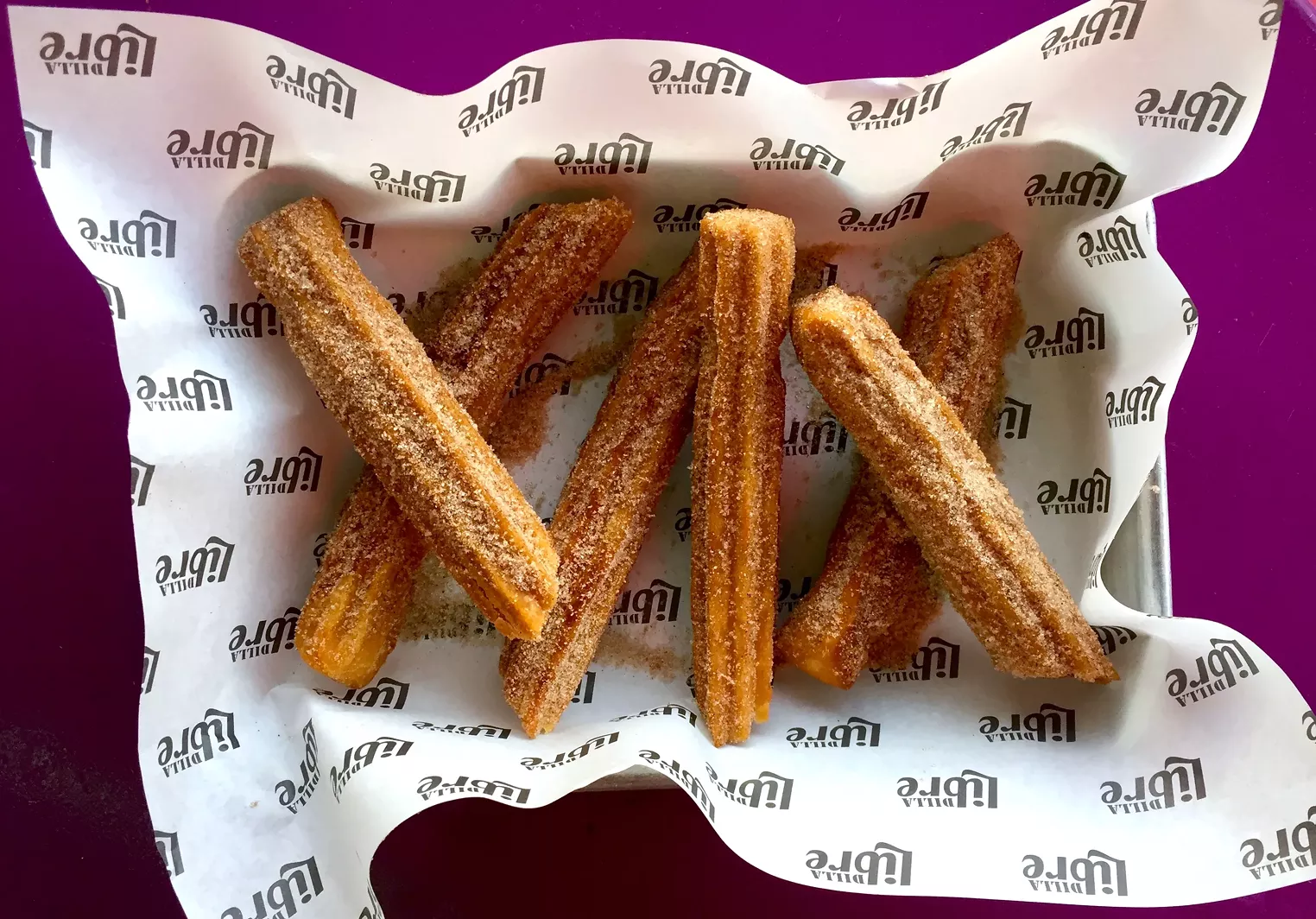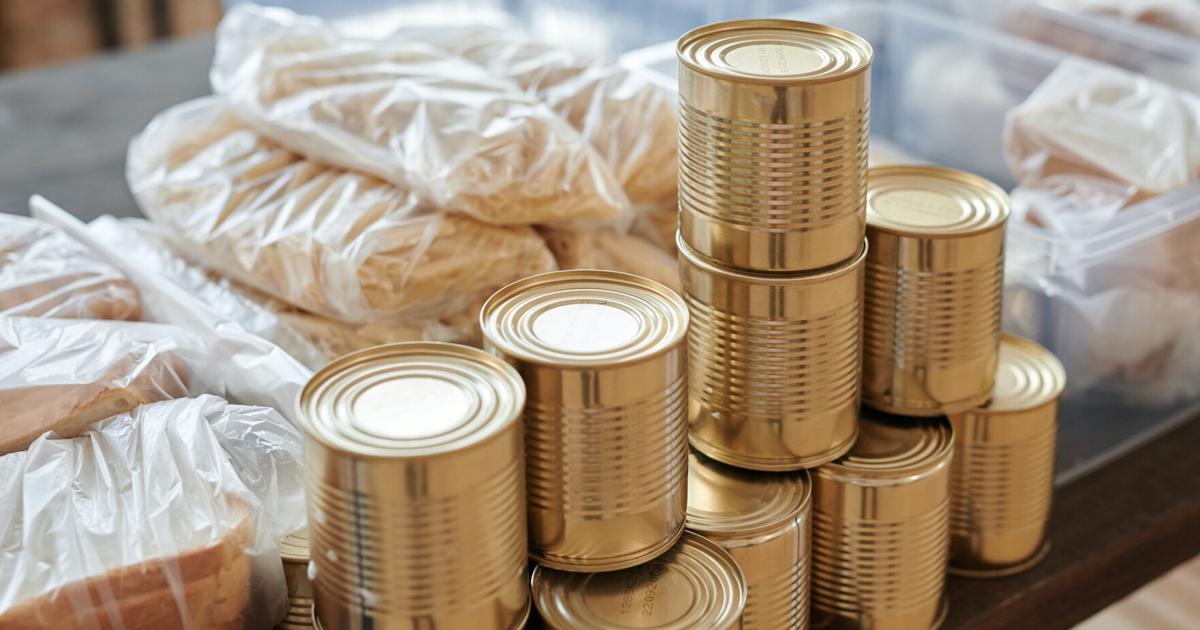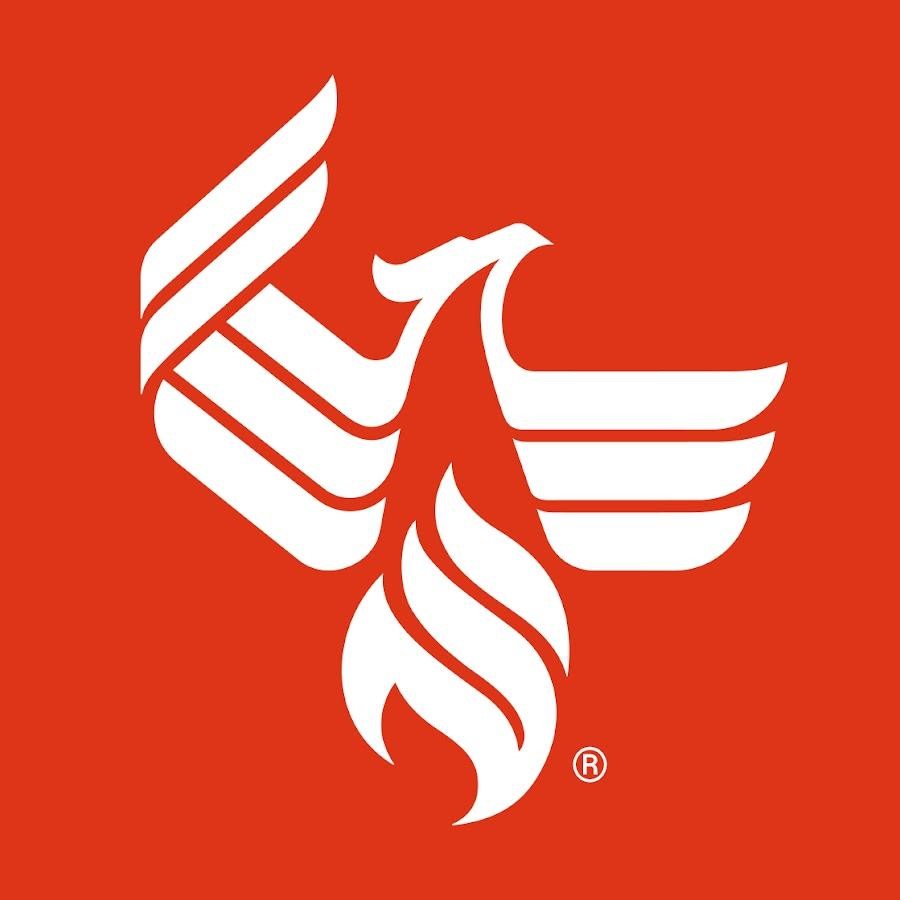Last summer, Phoenix New Times asked several local festivals how they were preparing for a post-COVID future. Among the featured events, the Full Moon Festival was firmly on the safe side by canceling all planned events. “2020 was a lot of heads-down work behind the scenes for us,” says Colter Stillwell, co-founder of the festival, “a lot to more clearly define our vision and the direction we want to go.” As painful as it is was to cancel – Stillwell says they tried several times to postpone it instead – the decision ultimately came to support the art scene at large. “I think the biggest lesson is that what we create together is vastly greater than any one of us or any of us,” Stillwell says. “It’s more than just a club or festival full of people – it’s rightly a community that I’ve seen support one another.” I Support Local Community Journalism Support and contribute to the independent voice of Phoenix in ensuring that the future of the New Times remains free. But now with more events returning, the festival will return to the press room on Saturday 18th September. Stillwell says the aptly named Full Moon Festival: Welcome Home features old favorites, including band gigs, local food trucks, various workshops, a silent disco, art installations, and more. However, the event is not just about embracing the past. “This event is about creating some kind of recovery from where we left off when the pandemic broke out, but incorporating all of the things we learned during the pandemic,” says Stillwell. “So to really look into the question of how we can build a home together and make festivals and events something that is more part of our everyday lives than something we might travel to once a year.” The biggest challenge was working with the venue’s 80,000 square feet, but Stillwell says the larger venue offers some interesting options. “So from a production point of view, it was about figuring out how to arrange power and sound,” says Stillwell. “But I’m really happy to have more space. We can add a lot of elements that we want to add to the festival.” Click to enlarge One of the biggest innovations in terms of equipment is a secure space in which guests can move away from the event, with staff acting as “intermediaries between attendees and security”. It’s not a mere gimmick, however, and as Stillwell explained back in June, it’s an integral part of the full moon experience. “We have always specialized in providing safe spaces for those who are on the edge,” he says. “Our events have lots of seating and lots of space to sit down and get in touch with someone to break away from a crowded club.” Part of building a safe space was also adopting measures related to COVID. Stillwell says they will follow city, county, and state regulations regarding vaccinations and masking, and the festival will have things like sanitizing stations on hand. But it’s more than just safety, and Stillwell says the pandemic has had a massive impact on how everyone plans events. “I think during COVID we have already seen a resurgence of more local and unique, creative and fun events,” he says. “So it has definitely had a lasting impact on the events industry. I hope that all festivals take more time and think about their role in their community.” In the intervening period, Stillwell and his staff had an opportunity to reevaluate Full Moon’s larger goals. In the simplest sense, they want to celebrate everything Arizona has to offer above everything else. “We plan to have a Full Moon Festival now and beyond that will always be hyper-local,” he says. “We get a lot of people asking us when are you going to start looking at this big name or these people, or just moving in that direction. And that’s exactly the opposite of what we do. ”As Stillwell said in June:“ We’re not a festival. We are a movement [fest] is 100 percent nothing without all of the incredible, incredible local artists, musicians, DJs and creators. ”Click to enlarge Colorful attendees at a Full Moon event in January 2020. Benjamin Leatherman That doesn’t mean that Full Moon doesn’t have national or international artists / Talents beforehand. Event staff tend not to be interested in being like a Coachella – at least not directly. “We don’t want to compete with them, or rather, we don’t want to be them,” says Stillwell. “Although I think our experience competes with those experiences. There is no doubt that Coachella is showing some of the most incredible works of art. … We will do our best in the kind of bubble in which we want to act. “This also means that the event wants to address a very specific type of talent: one that feels closely connected to the Valley itself. “We want community leaders,” says Stillwell. “We want people who understand the space that is being created at Full Moon and the unique role they play in it.” By-product of who Billboard says is owned, “Stillwell continues. “What you see at the Full Moon Festival is just a repetition. It’s the by-product of years of work locals put into creating amazing local events, from all the underground warehouse parties to forest raves in Flagstaff. This is.” this community, and it would definitely exist. ” Click to enlarge The record decks rock on the bass music stage. Benjamin Leatherman This isn’t just a display of local pride, however. Stillwell says it is also about advocating for specific causes and highlighting the pillars of “diversity, equity and inclusion” that Full Moon represents. “This year there have been so many issues that cannot be ignored,” noted Stillwell in June inclusivity and racial justice or the environment and environmental impact. We want to see art and art installations that do justice to the experience we just had together. For example, slowly getting out of it and still honoring that experience. ”He added,“ It’s really important to us, especially given how many companies have gone out of business or how much the economic downturn is going through small venues was torn to provide resources. If we want to be the showcase of the music and art revolution that is taking place in Phoenix, we want to provide a platform for these artists. To provide networking or to be a local hub for these artists. “All of this boils down to what Stillwell called the” musical revolution “in June, adding that” everything is ten times stronger than it was before COVID. “Stillwell and Co. are sure it will be a hit. They definitely had enough time to plan such an outcome. “The selling point is just to come out and see what happens in your town,” says Stillwell. ” And once you’re there, you’re addicted. ”
[ad_2]









